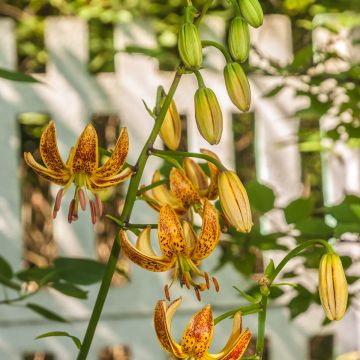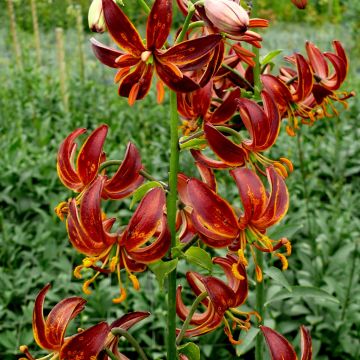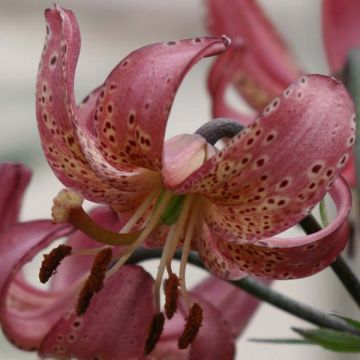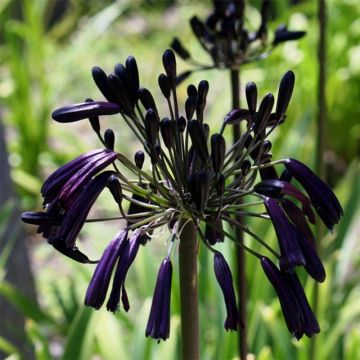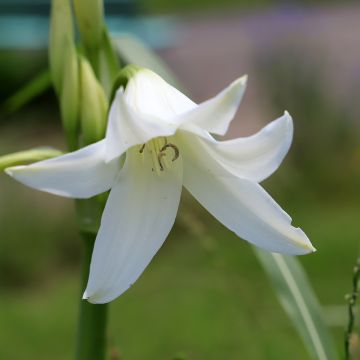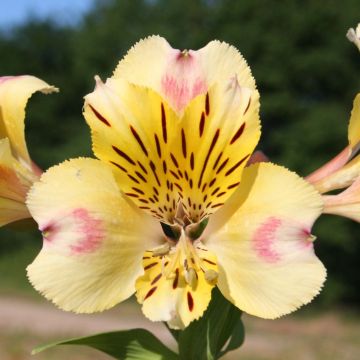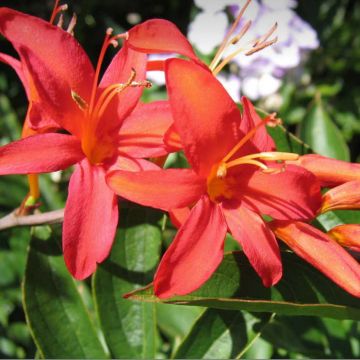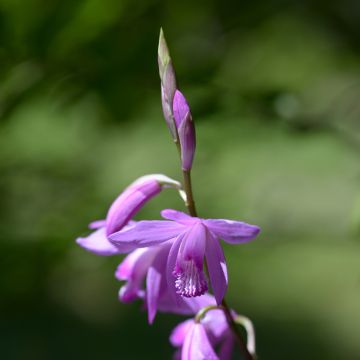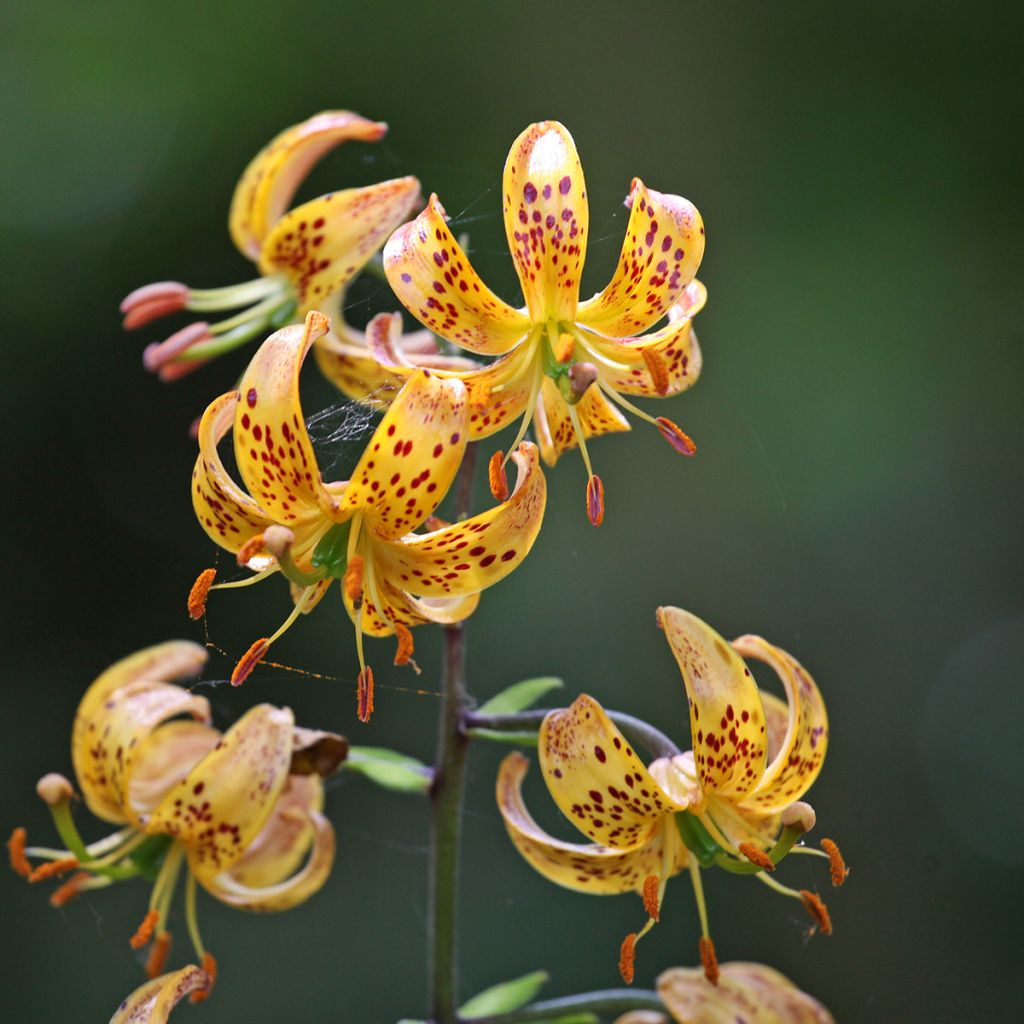

Lis hybride de martagon Sunny Morning
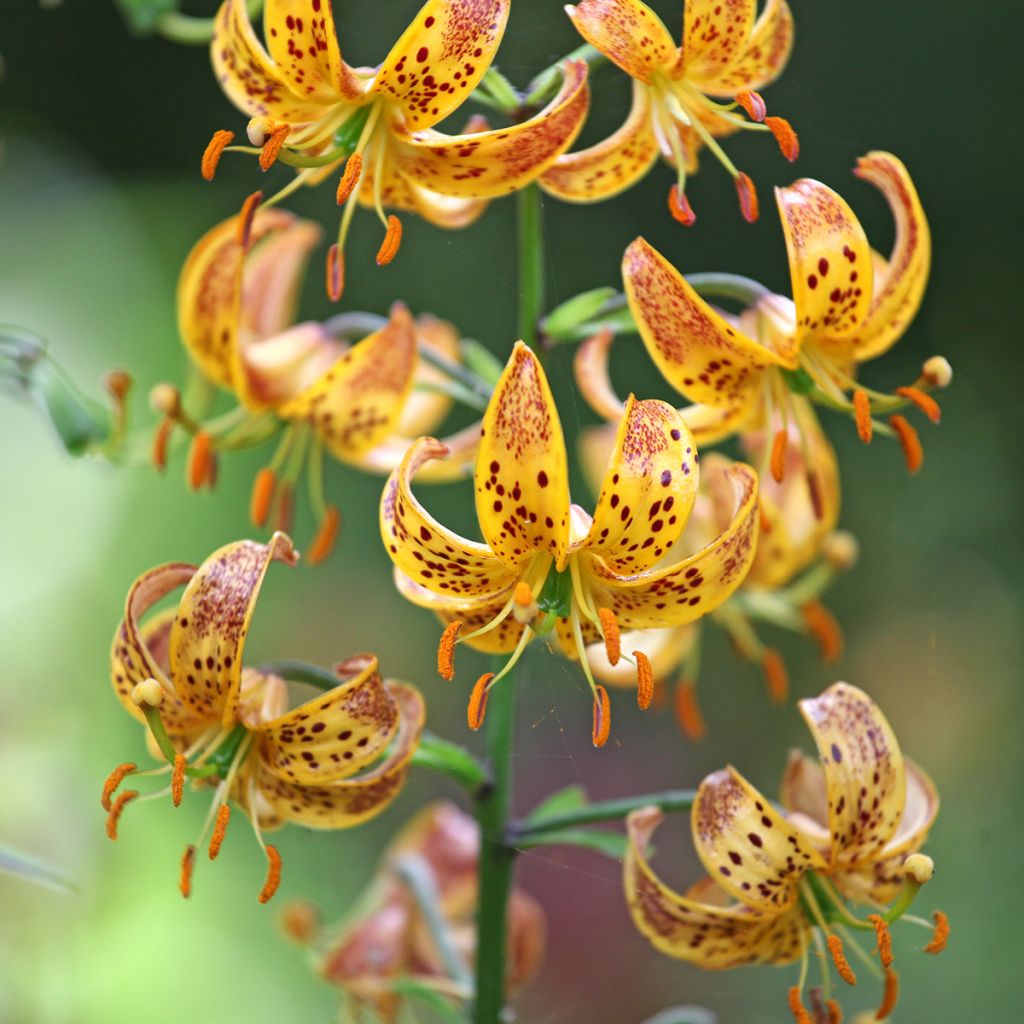

Lis hybride de martagon Sunny Morning
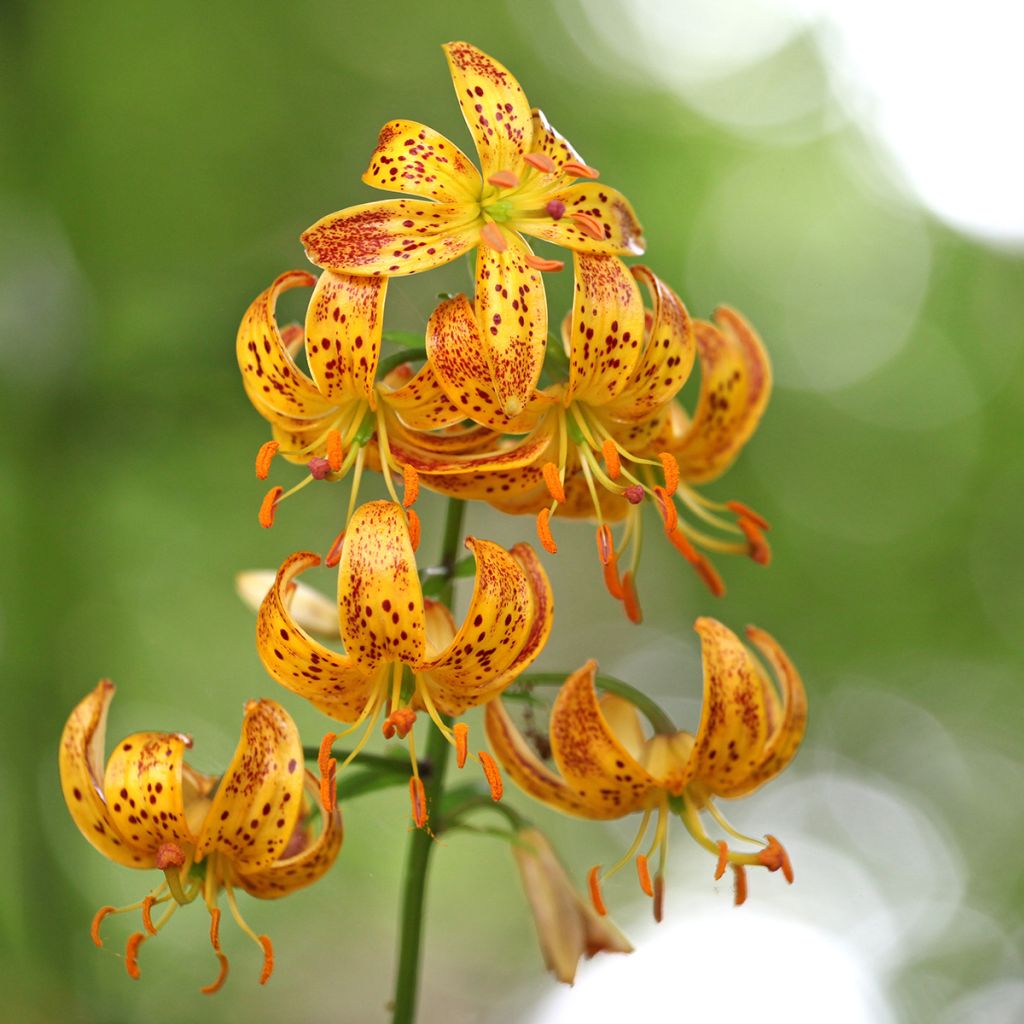

Lis hybride de martagon Sunny Morning
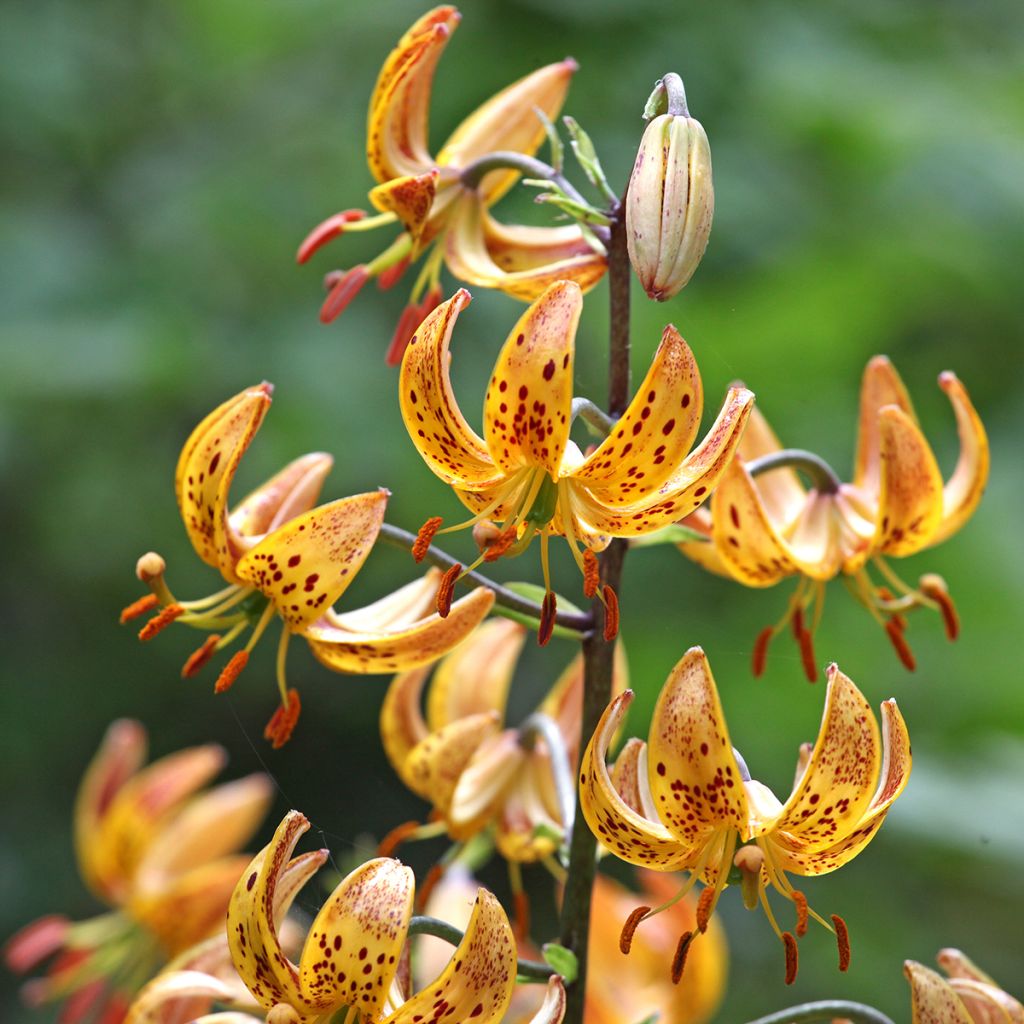

Lis hybride de martagon Sunny Morning
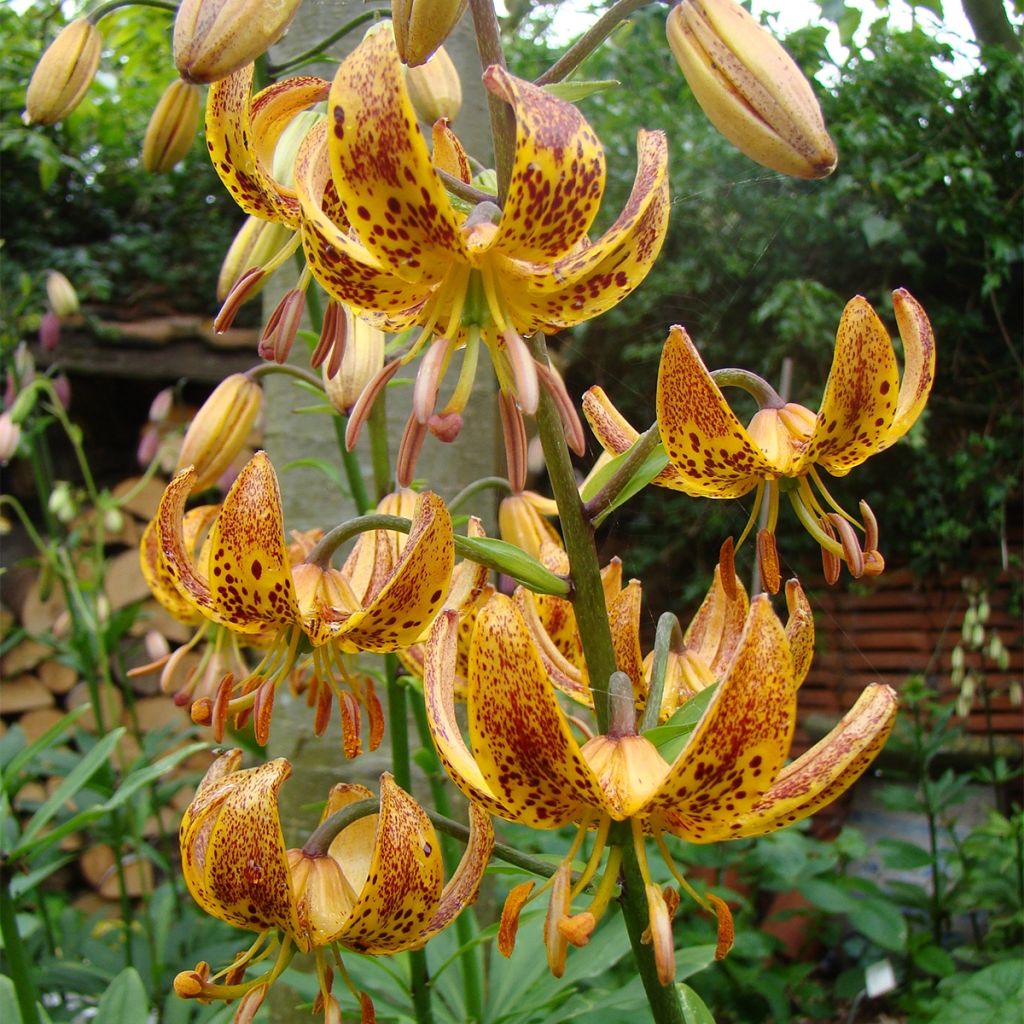

Lis hybride de martagon Sunny Morning
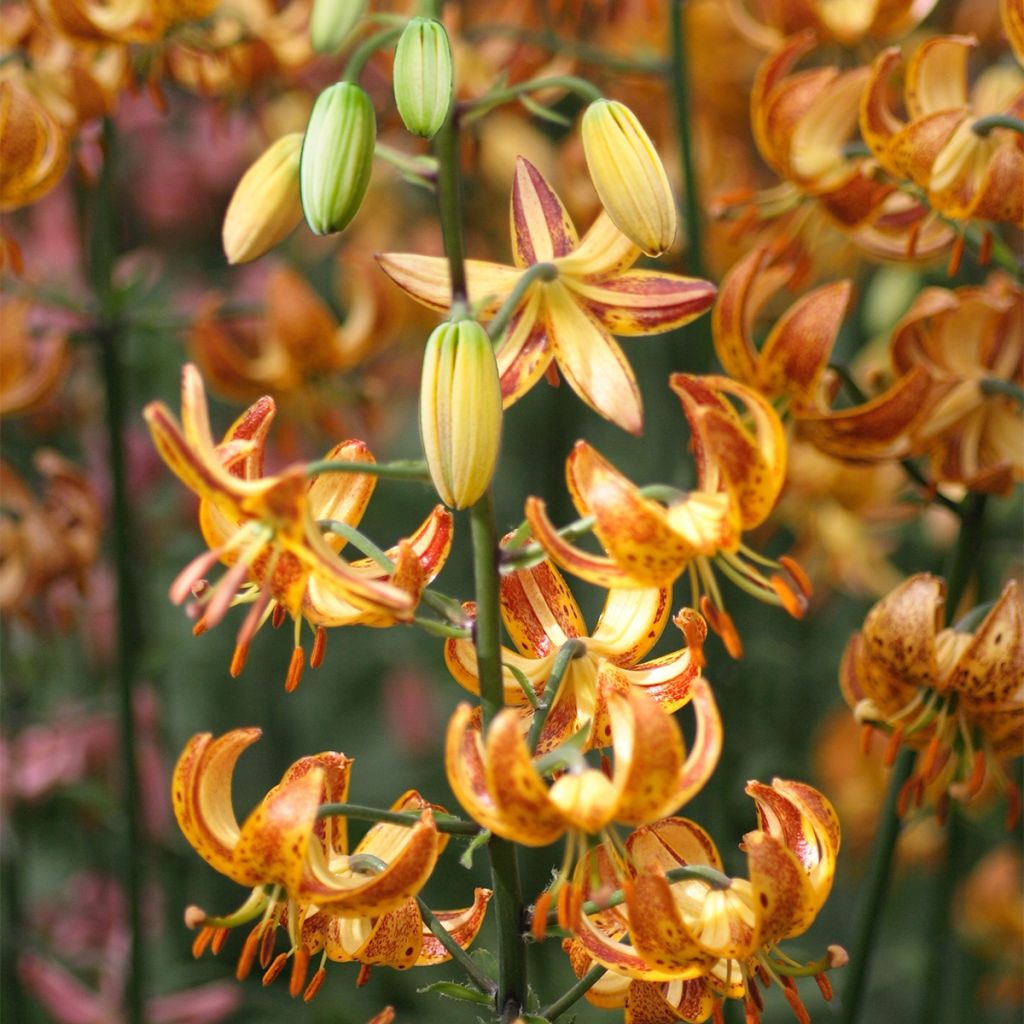

Lis hybride de martagon Sunny Morning
Lilium Sunny Morning - Martagon Lily
Lilium x martagon Sunny Morning
Martagon Lily, Turk's Cap Lily
Thanks to the people (Anne Flore for order preparation and ? from the shipping department), the bulb I received looks healthy. I planted it near the 'Lady Of Shalott' rose bush and now I'm patiently waiting for it to take root... or not?
Thierry, 24/03/2023
Why not try an alternative variety in stock?
View all →This plant carries a 6 months recovery warranty
More information
We guarantee the quality of our plants for a full growing cycle, and will replace at our expense any plant that fails to recover under normal climatic and planting conditions.
From €5.90 for pickup delivery and €6.90 for home delivery
Express home delivery from €8.90.

Does this plant fit my garden?
Set up your Plantfit profile →
Description
Lilium 'Sunny Morning' is a superb hybrid variety of martagon lily that is floriferous, vigorous and reliable. Each bulb forms a floral stem resembling a candelabra, adorned with numerous small pendulous flowers with well-curved, orange petals with golden edges, intensely speckled with dark mahogany. It should be planted in a border exposed to morning sun or at the edge of a grove where its colours will be highlighted. It takes a little while to establish itself, but once established, it will faithfully bloom each year and multiply through the production of bulbils.
Lilium 'Sunny Morning' belongs to the Liliaceae family. It is a hybrid that combines the genes of Lilium martagon, a botanically delicate species, and L. hansonii, a vigorous and undemanding plant native to East Asia. 'Sunny Morning' is a deciduous bulb with a narrow and upright tuft of foliage from spring. This variety reaches a height of between 90 cm (35in) and 1 m (3ft) when flowering. Its growth will spread without theoretical limit over time, as the bulbs produce bulbils through vegetative multiplication. It blooms abundantly in June-July. On a mature plant, each floral stem bears up to 50 flowers with a diameter of 5 cm (2in), hanging towards the ground. Their thick and slightly shiny petals curl at maturity. The base colour is a soft salmon orange and each petal is bordered in yellow and sprinkled with reddish-brown. This range of colours blends beautifully with the prominent orange stamens. The flowers attract a large number of pollinating insects. The leaves of this lily are dark green and lanceolate in shape. This hybrid is a very long-lived plant that naturalises over time. The above-ground vegetation completely dries up in winter.
You can associate this 'Sunny Morning' lily with perennial plants in your garden, as lilies prefer to have their base in the shade. You can also grow it in a pot to bring it closer to your terrace or window borders and fully enjoy its exceptional flowering. The warm colours of this martagon lily harmonize well with whites and the entire range of yellow, red, or purple tones. To play with colour contrast, pair it with the blue flowers of sage or catnip, for example.
Report an error about the product description
Lilium Sunny Morning - Martagon Lily in pictures
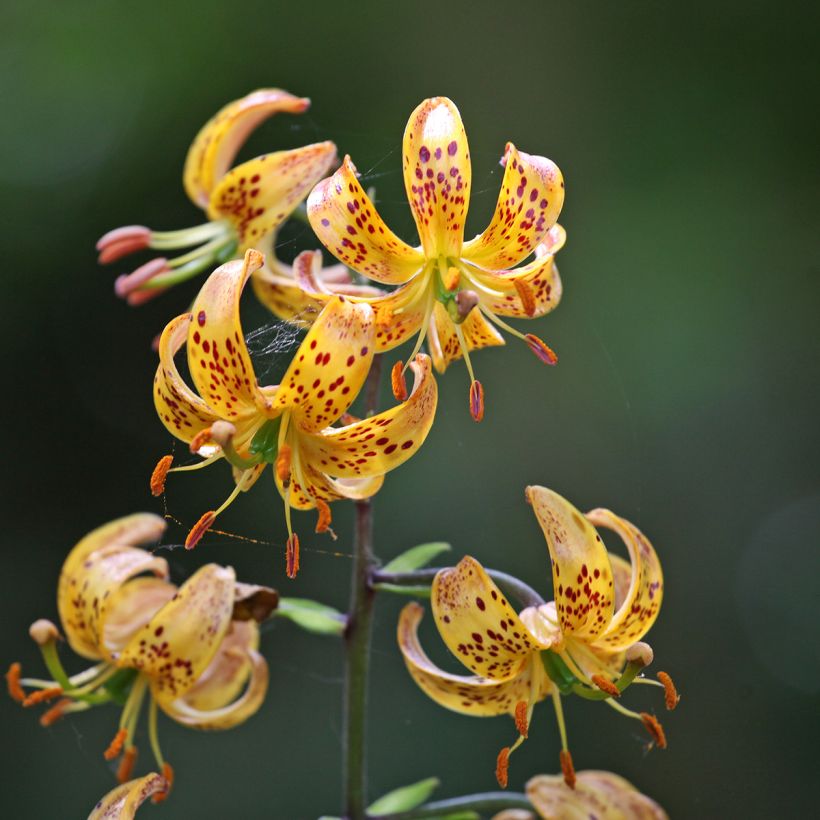

Plant habit
Flowering
Foliage
Botanical data
Lilium
x martagon
Sunny Morning
Liliaceae
Martagon Lily, Turk's Cap Lily
Cultivar or hybrid
Other Martagon Lilies
Planting and care
The 'Sunny Morning' lily establishes a little more slowly than Asian, trumpet, or Oriental lilies. It may take an additional season before flowering and planting conditions must be right. "Martagon" lilies sulk when moved and need time to settle. It must have perfect drainage, rocky soil is very suitable so that the bulbs are not in an overly moist substrate during their dormancy period after flowering. It is strongly advised not to use peaty soil for martagon lilies or their hybrids, but adding well-rotted compost or leaf soil in autumn is desirable.
This lily likes slightly humiferous and moist soils; limestone is not a problem if the soil is rich. Plant it in partial shade or non-scorching sun, in October or in spring, burying the bulbs 15 cm (6in) deep in a pocket of soil mixed with leaf mold. You can surround them with a pocket of sand to prevent rot and attacks by slugs. Mark the planting location, as vegetation only starts in April. Staking is not necessary. If red lily beetles appear, treat them immediately as their larvae can devour all the leaves. The most effective method is to catch them by hand; be careful, they drop as soon as they are touched, so put a box underneath.
After flowering, it is a good idea to cut the faded flower stems halfway so that the bed remains beautiful during summer. Your lilies will be available from early October. Lilies are well-suited for pot cultivation. Plant 1 to 5 bulbs in a deep pot. Water a little and place your pots somewhere frost-free. Take them out in spring and enjoy them on your terrace!
Planting period
Intended location
Care
-
, onOrder confirmed
Reply from on Promesse de fleurs
Hardy summer bulbs
Haven't found what you were looking for?
Hardiness is the lowest winter temperature a plant can endure without suffering serious damage or even dying. However, hardiness is affected by location (a sheltered area, such as a patio), protection (winter cover) and soil type (hardiness is improved by well-drained soil).

Photo Sharing Terms & Conditions
In order to encourage gardeners to interact and share their experiences, Promesse de fleurs offers various media enabling content to be uploaded onto its Site - in particular via the ‘Photo sharing’ module.
The User agrees to refrain from:
- Posting any content that is illegal, prejudicial, insulting, racist, inciteful to hatred, revisionist, contrary to public decency, that infringes on privacy or on the privacy rights of third parties, in particular the publicity rights of persons and goods, intellectual property rights, or the right to privacy.
- Submitting content on behalf of a third party;
- Impersonate the identity of a third party and/or publish any personal information about a third party;
In general, the User undertakes to refrain from any unethical behaviour.
All Content (in particular text, comments, files, images, photos, videos, creative works, etc.), which may be subject to property or intellectual property rights, image or other private rights, shall remain the property of the User, subject to the limited rights granted by the terms of the licence granted by Promesse de fleurs as stated below. Users are at liberty to publish or not to publish such Content on the Site, notably via the ‘Photo Sharing’ facility, and accept that this Content shall be made public and freely accessible, notably on the Internet.
Users further acknowledge, undertake to have ,and guarantee that they hold all necessary rights and permissions to publish such material on the Site, in particular with regard to the legislation in force pertaining to any privacy, property, intellectual property, image, or contractual rights, or rights of any other nature. By publishing such Content on the Site, Users acknowledge accepting full liability as publishers of the Content within the meaning of the law, and grant Promesse de fleurs, free of charge, an inclusive, worldwide licence for the said Content for the entire duration of its publication, including all reproduction, representation, up/downloading, displaying, performing, transmission, and storage rights.
Users also grant permission for their name to be linked to the Content and accept that this link may not always be made available.
By engaging in posting material, Users consent to their Content becoming automatically accessible on the Internet, in particular on other sites and/or blogs and/or web pages of the Promesse de fleurs site, including in particular social pages and the Promesse de fleurs catalogue.
Users may secure the removal of entrusted content free of charge by issuing a simple request via our contact form.
The flowering period indicated on our website applies to countries and regions located in USDA zone 8 (France, the United Kingdom, Ireland, the Netherlands, etc.)
It will vary according to where you live:
- In zones 9 to 10 (Italy, Spain, Greece, etc.), flowering will occur about 2 to 4 weeks earlier.
- In zones 6 to 7 (Germany, Poland, Slovenia, and lower mountainous regions), flowering will be delayed by 2 to 3 weeks.
- In zone 5 (Central Europe, Scandinavia), blooming will be delayed by 3 to 5 weeks.
In temperate climates, pruning of spring-flowering shrubs (forsythia, spireas, etc.) should be done just after flowering.
Pruning of summer-flowering shrubs (Indian Lilac, Perovskia, etc.) can be done in winter or spring.
In cold regions as well as with frost-sensitive plants, avoid pruning too early when severe frosts may still occur.
The planting period indicated on our website applies to countries and regions located in USDA zone 8 (France, United Kingdom, Ireland, Netherlands).
It will vary according to where you live:
- In Mediterranean zones (Marseille, Madrid, Milan, etc.), autumn and winter are the best planting periods.
- In continental zones (Strasbourg, Munich, Vienna, etc.), delay planting by 2 to 3 weeks in spring and bring it forward by 2 to 4 weeks in autumn.
- In mountainous regions (the Alps, Pyrenees, Carpathians, etc.), it is best to plant in late spring (May-June) or late summer (August-September).
The harvesting period indicated on our website applies to countries and regions in USDA zone 8 (France, England, Ireland, the Netherlands).
In colder areas (Scandinavia, Poland, Austria...) fruit and vegetable harvests are likely to be delayed by 3-4 weeks.
In warmer areas (Italy, Spain, Greece, etc.), harvesting will probably take place earlier, depending on weather conditions.
The sowing periods indicated on our website apply to countries and regions within USDA Zone 8 (France, UK, Ireland, Netherlands).
In colder areas (Scandinavia, Poland, Austria...), delay any outdoor sowing by 3-4 weeks, or sow under glass.
In warmer climes (Italy, Spain, Greece, etc.), bring outdoor sowing forward by a few weeks.

































